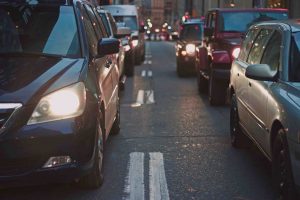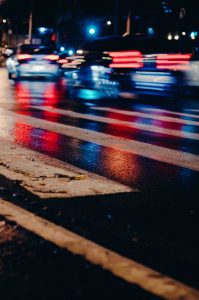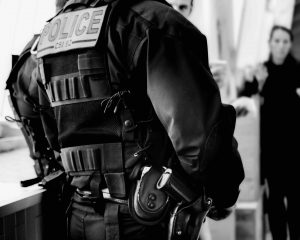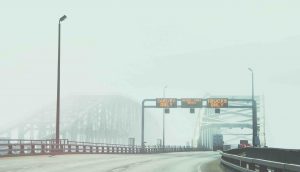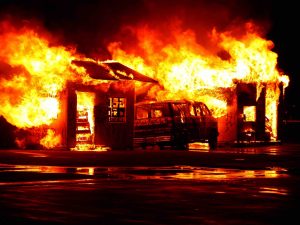Accidents happen every day in California, and when they do, they change the lives of accident victims. Most accidents are preventable and are caused by one careless or negligent action of another individual. After an accident occurs, you can file a compensation against the liable, or at-fault, party. Unfortunately, the personal injury claims process is not easy, and one mistake could cause you to forfeit the compensation you desperately need after an accident. Before filing your claim, consider the following four quick facts about personal injury law in California.
California Follows Tort Law
Along with most other states in the country, California is a tort state. This means that if you are injured in an accident caused by the negligence of another person, you must file a claim directly against the liable party, or with their insurance company. If you contributed to the accident and are found to be partially at fault, you can still file a claim to recover a portion of the damages available. California follows pure comparative fault law, meaning that even if you are assigned 99% of fault, you can file a claim for the remaining 1% of damages you sustained.
 San Francisco Injury Lawyer Blog
San Francisco Injury Lawyer Blog


